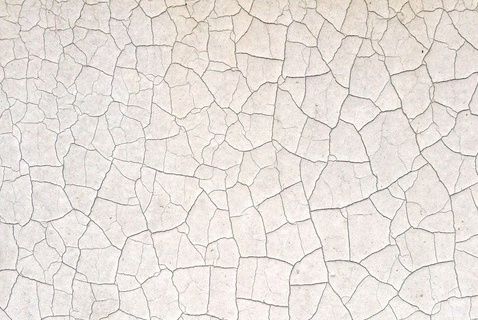Interior Painting: How to Prepare your Walls for Paint

Summer is the time when most homeowners take on renovation projects. From painting their doors and refinishing moldings, to kitchen cabinet repainting and complete exterior makeovers, we know you are excited to refresh your home. Are you taking on an interior painting project this summer? We are ready to share our wisdom on how to best prepare your walls for paint.
Preparation is key to a beautiful finish
While applying the actual color to the walls is what makes a difference, painting is only the final step of a process that makes an interior painting project truly successful. Most of the work is virtually invisible after the paint is applied, but preparation is the secret to a beautiful finish.
If you are taking on a DIY interior painting project, the first thing to do is to prepare the room you are painting. This includes:
- Removing all paintings and other decorations, as well as electrical faceplates, HVAC covers and picture nails from the walls, removing as much furniture as possible from the room.
- Moving items that are too big to be removed to the center of the room.
- Covering the items and the floor with a plastic sheet to protect them.
Once you have removed all the items in your way, it is time to inspect the walls and notice any imperfections that need to be repaired. This includes all cracks, dents and holes in the walls. Fill them with lightweight spackle using a putty knife and blend the edges of the spackled areas into the surface of the wall. To make the spots blend in with the wall, sand them with extra fine sandpaper until the surface is even and smooth. After that, wipe the walls with a damp cloth or sponge and allow them to dry. Remove any dust from the walls with a duster or cloth.
The next step is to apply painter’s tape to make sure that all of the edges are clean and that you don’t paint over something that doesn’t need to be painted. You should apply painter’s tape in short, overlapping strips along the ceiling and trim, and remember to press it down firmly for the tape to really stick to the surface.
Is primer necessary before painting?
Questions regarding primer are frequent, and the answer depends on the situation and your preferences. Some DIYers choose to skip this step because they don’t want the added expense or can’t bear to spend so much time on their walls. However, before dismissing applying primer, you should know that priming is the key to an even, flawless finish that really brings out the new color.
Here are some instances where primer is essential:
- When the wall is bare wood or new or skim-coated drywall
- Glossy previous coat
- Previous paint is dark and the new color is bright
In general, when you aren’t sure whether to prime or not, a couple of layers of primer will never do any harm to your walls. However, if your walls are perfectly smooth and the previous coat of paint matches the color that you will be applying this time, you may not need to prime and can proceed to paint your walls without going the extra mile.
Sounds like a lot of work? Call Pro Painters Chicago and we will do it for you
We love painting, and can help you with your interior painting project whenever you need us to. So, if preparing, spackling, sanding, priming and painting your walls sounds like a lot of work you don’t want to do, call us at (847) 232-6160 and we will be happy to do it for you. We work professionally, never cut corners when it comes to preparation, and make homes in Chicago look their absolute best, whatever project we may be working on. Don’t wait until our schedules are full and request your estimate online now.

